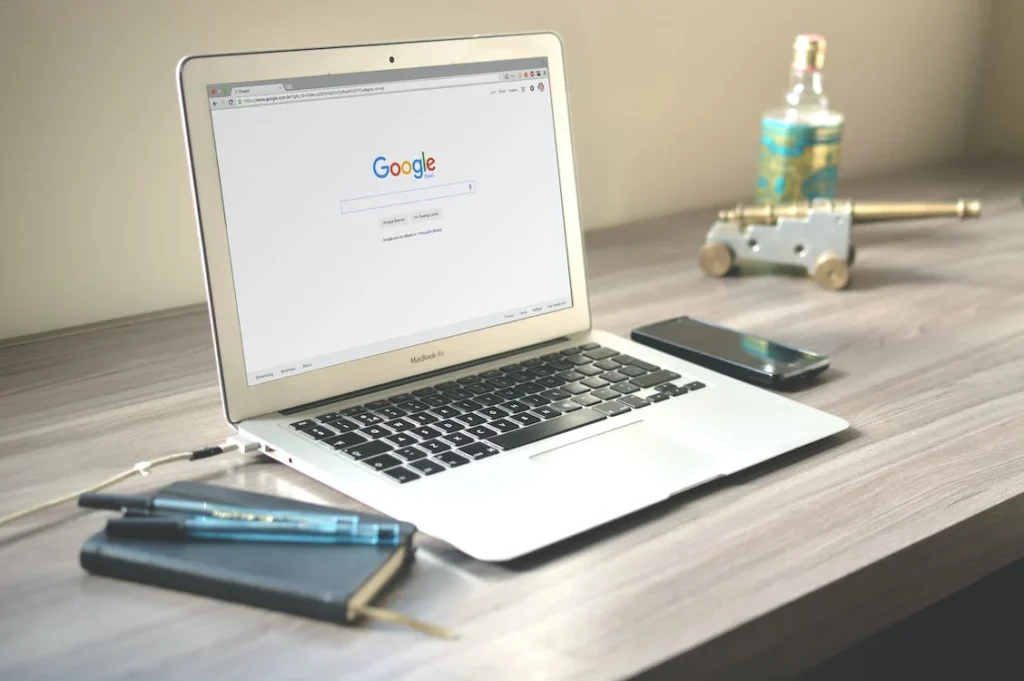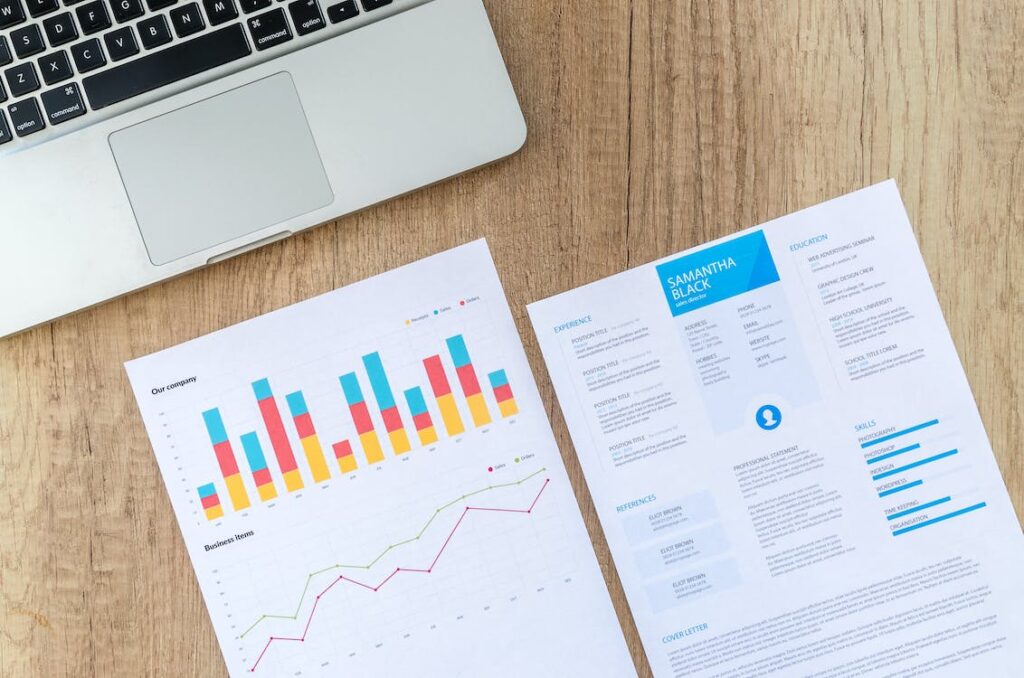Customer Lifetime Value (LTV) Calculator Quiz
Understanding Customer Lifetime Value (CLV) is crucial for any business aiming to enhance profitability and growth. CLV is the total revenue a business can expect from a single customer account throughout their relationship. By calculating and maximizing CLV, businesses can make more informed decisions about marketing, sales, and customer retention strategies. This article will delve into the importance of CLV, how to calculate it, and actionable strategies to optimize it.
Why CLV Matters
CLV provides a comprehensive view of a customer’s worth over time, which helps businesses:
- Allocate Resources Efficiently: Knowing CLV allows you to allocate your marketing and sales resources more effectively by focusing on high-value customers.
- Improve Customer Retention: By understanding the factors that drive CLV, you can implement strategies to retain customers longer, increasing their lifetime value.
- Enhance Profitability: Higher CLV leads to increased profitability, as it costs less to retain existing customers than to acquire new ones.
Calculating CLV
To calculate CLV, you need to know three key metrics:
- Average Purchase Value: The average amount a customer spends per purchase.
- Average Purchase Frequency Rate: How often a customer makes a purchase in a given time period.
- Customer Lifespan: The average time a customer continues to buy from your business.
The formula for CLV is: CLV=Average Purchase Value×Average Purchase Frequency Rate×Customer LifespanCLV=Average Purchase Value×Average Purchase Frequency Rate×Customer Lifespan
Step-by-Step Calculation
- Determine the Average Purchase Value
- Sum up the total revenue over a specific period and divide it by the number of purchases made during that period.
- Example: If your total revenue for a month is $10,000 and you had 200 purchases, the average purchase value is $50.
- Calculate the Average Purchase Frequency Rate
- Divide the total number of purchases by the number of unique customers over the same period.
- Example: If 100 customers made 200 purchases in a month, the average purchase frequency rate is 2.
- Estimate the Customer Lifespan
- Calculate the average number of months or years a customer remains active.
- Example: If your customer data shows that the average customer stays with you for 24 months, the customer lifespan is 24 months.
- Apply the CLV Formula
- Multiply the average purchase value by the average purchase frequency rate and then by the customer lifespan.
- Example: Using the values from above, the CLV is $50 (average purchase value) × 2 (average purchase frequency rate) × 24 (customer lifespan) = $2,400.
Actionable Strategies to Maximize CLV
Now that you understand how to calculate CLV, let’s explore strategies to maximize it.
- Enhance Customer Experience
Providing an exceptional customer experience is paramount. Customers who feel valued and satisfied are more likely to return. Strategies include:
- Personalized Communication: Use customer data to tailor your messages and offers. Personalized emails and recommendations can significantly improve engagement and loyalty.
- Excellent Customer Service: Ensure your customer service team is well-trained and equipped to handle inquiries promptly and effectively.
- Implement Loyalty Programs
Loyalty programs reward repeat customers, encouraging them to continue buying from you. Effective loyalty programs include:
- Point-Based Systems: Customers earn points for purchases that can be redeemed for discounts or freebies.
- Exclusive Offers: Provide special deals or early access to new products for loyal customers.
- Upsell and Cross-Sell
Encourage customers to spend more by offering complementary products or higher-end versions of their current purchases. Techniques include:
- Product Bundles: Offer discounts on bundled products to increase the average purchase value.
- Recommendations: Use data analytics to recommend products based on previous purchases.
- Optimize Pricing Strategies
Review and adjust your pricing strategies to maximize revenue without deterring customers. Consider:
- Dynamic Pricing: Adjust prices based on demand, competition, and customer behavior.
- Value-Based Pricing: Set prices based on the perceived value to the customer rather than solely on cost.
- Increase Customer Retention
Retaining customers is often more cost-effective than acquiring new ones. Strategies to boost retention include:
- Regular Engagement: Keep in touch with customers through email newsletters, social media, and personalized messages.
- Feedback Loops: Actively seek customer feedback and show that you value their input by making improvements based on their suggestions.
- Improve Product/Service Quality
Continuously improving your products or services ensures customers remain satisfied and loyal. Actions include:
- Innovation: Regularly update and improve your offerings based on customer needs and market trends.
- Quality Assurance: Implement strict quality control measures to maintain high standards.
Measuring and Monitoring CLV
Regularly monitoring CLV helps you understand the effectiveness of your strategies and make necessary adjustments. Use the following methods:
- Customer Segmentation: Analyze CLV across different customer segments to identify high-value groups and tailor strategies accordingly.
- Regular Reporting: Create regular reports to track changes in CLV and assess the impact of your initiatives.
Wrapping it up
Maximizing Customer Lifetime Value (CLV) is essential for sustainable business growth and profitability. By understanding and calculating CLV, you can make informed decisions about resource allocation, marketing, and customer retention strategies. Implementing actionable strategies to enhance customer experience, loyalty programs, upselling, pricing optimization, retention efforts, and product quality can significantly boost your CLV. Regularly measure and monitor CLV to ensure your strategies are effective and adapt as needed.
If you want to improve your customer acquisition and retention strategies, schedule a free digital marketing call with our experts at WinSavvy. We’re here to help you achieve your business goals and maximize profitability.





















